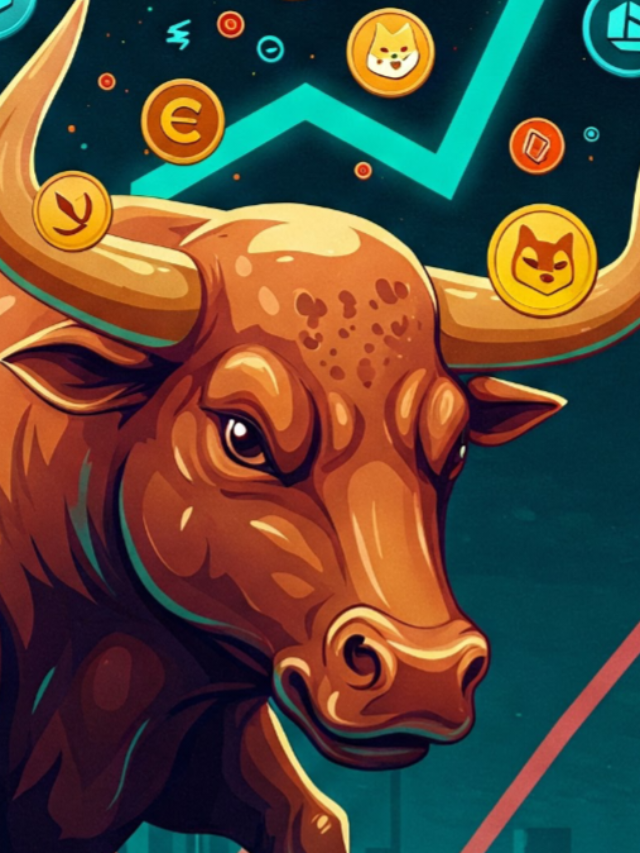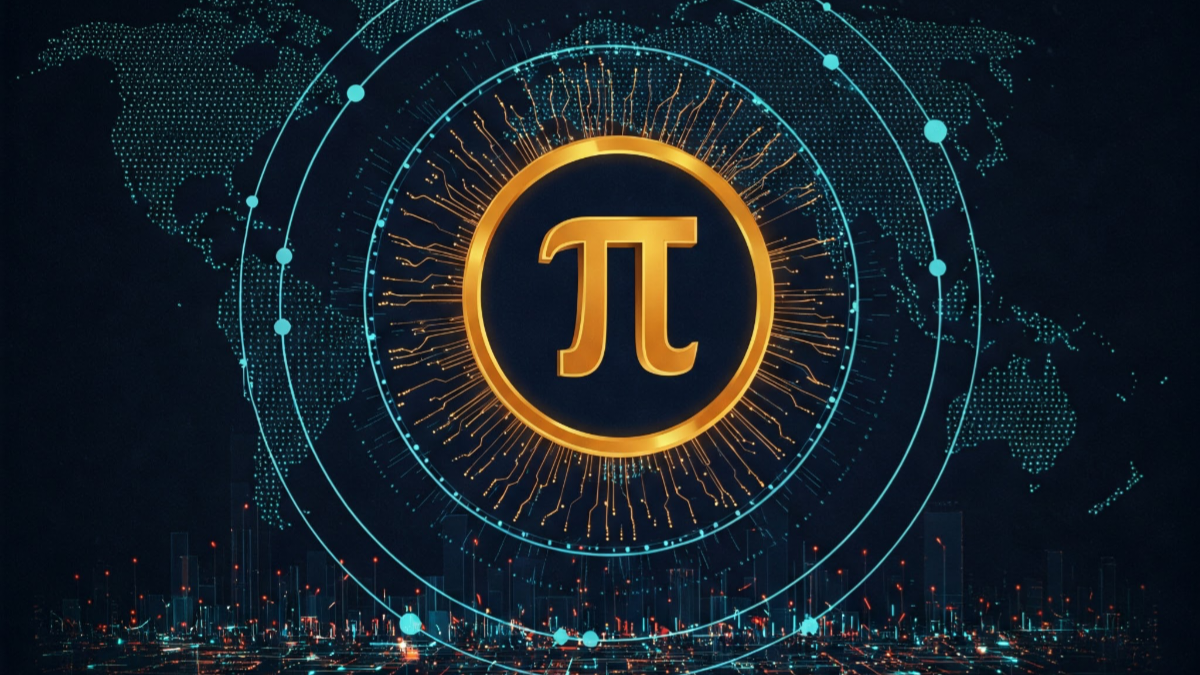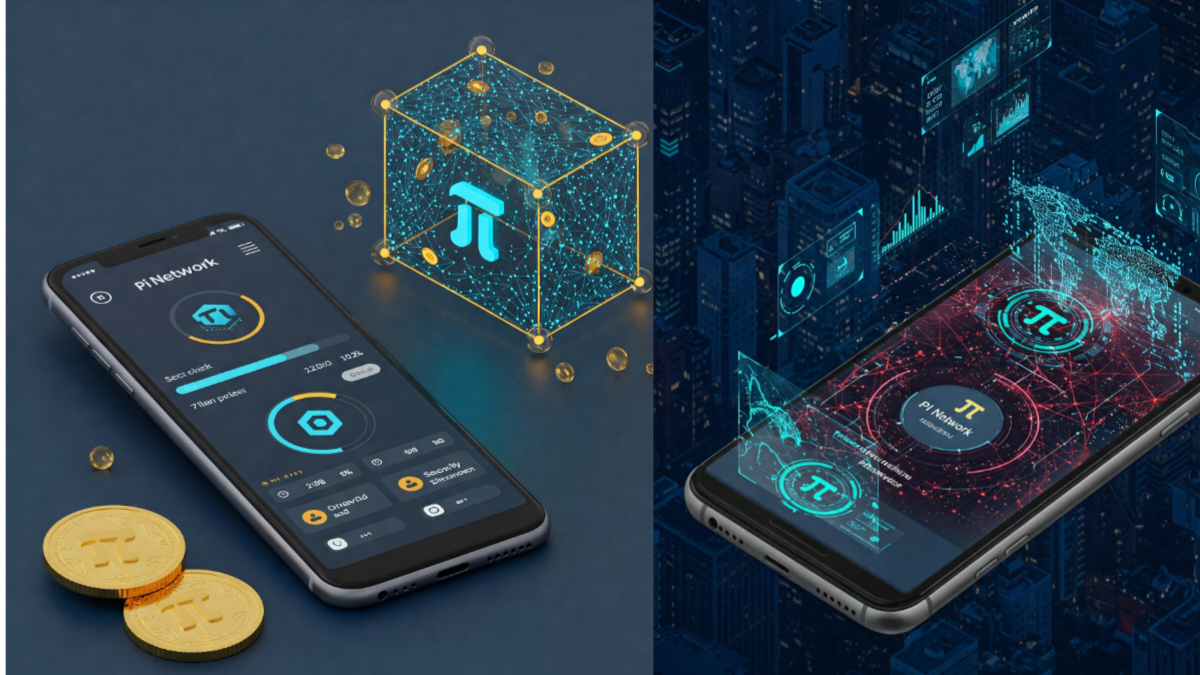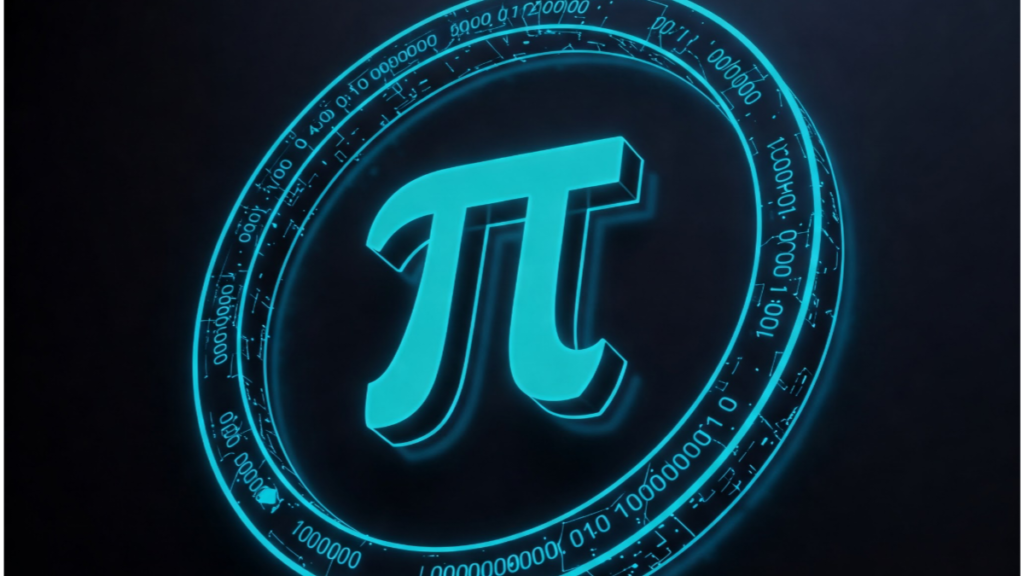1. What is Pi Network?
- Getting to know Pi Network:
Pi Network aims to make cryptocurrency easier for everyone. Unlike most cryptocurrencies that require special equipment to mine, Pi Network lets users earn coins using a mobile app. This approach not only makes it more available but also saves energy. - Phases of the project:
The journey began with the Testnet phase. During this time, users could mine Pi coins in a secure environment. This phase was crucial for the team to refine the technology, build community, and gather feedback from millions of early users around the world.
2. What is the Mainnet and Why Does It Matter?
- Mainnet explained:
Mainnet is the real deal – the operational version of the blockchain. Here, transactions are real and create permanent records, unlike testnets where everything is just a test. - Importance of launching mainnet:
- Moving from testnet to mainnet is a big step:
- Real transactions: Balances will become part of a working blockchain, which will impact the market.
- Improved security: Mainnet will have stronger security features and decentralization, making it a safer place to operate.
- Ecosystem growth: This launch will pave the way for more developments like decentralized applications and smart contracts, as well as for possibilities of being listed on exchanges.
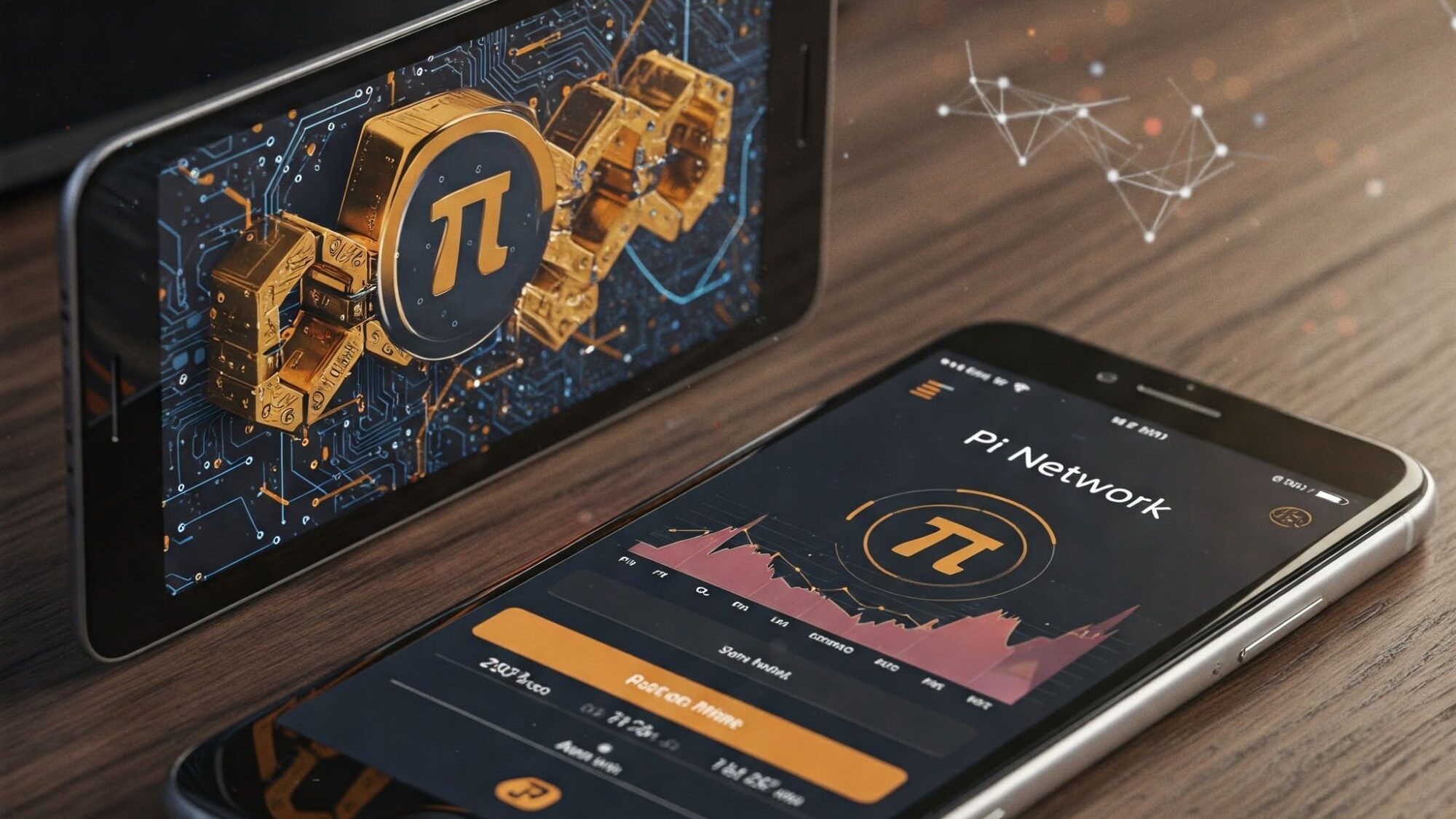
3. What the February 20, 2025 Launch Means
- Planned timeline:
The date February 20, 2025, marks the shift from testnet to live blockchain. This date has been chosen to ensure that everything is ready in terms of technology, security, and user experience. - Benefits for users:
- Transferring balances: Users who mined Pi coins during testing will be able to transfer them to the mainnet, which can turn their coins into real assets when the network becomes popular.
- Active ecosystem: With the network going live, users can use their Pi coins to trade, spend, or engage with various decentralized apps.
- Network readiness:
By the scheduled date, the team wants to create a decentralized system that can handle a lot of transactions. This date reflects their commitment to a smooth and secure operation.
4. Main Features of the Mainnet Launch
- Decentralization and Safety:
- Distributed Validation: In the mainnet, the job of validating transactions is shared among many trusted nodes, reducing the risk of any one group having too much control.
- Improved Security: The mainnet will come with upgraded safety features to protect against fraud and threats.
- Empowering Users:
- True Value: The coins users have mined can have real value as soon as the network goes live.
- Wider Ecosystem: The mainnet will allow for partnerships, integration with apps, and possible listings on exchanges.
- Handling Growth:
- Designed for Mobile: Pi Network’s design is friendly for millions of users, keeping it efficient and easy to use even as it grows.
Pi Network’s Ambitious Goals: What Makes It Different in the Crypto Space?
5. Transition Steps to Consider
- Phase-by-Phase Launch:
The mainnet may launch in phases. A small, initial release can help ensure everything runs smoothly before making it available to everyone. - User Verification (KYC):
To strengthen security and reduce fraud, users may have to complete a Know Your Customer (KYC) process during the transition. This will connect accounts to real people, thereby protecting the network. - Continuous Improvement:
After launch, the team will keep track of how the network performs and release updates based on user input and real-world usage.

6. Looking Forward
- Future Opportunities:
If the mainnet launch goes well, Pi Network could see exciting developments, such as: - Smart Contracts and enabling more advanced Apps
- Increasing the usage of Pi Coin in daily transactions.
- Attracting more developers and partners to grow the network.
- Market Implications:
- While the mainnet launch is an exciting milestone, it is wise for users and investors to stay informed and cautious. The success of any cryptocurrency depends on user adoption, ongoing innovation, and market trends.
Conclusion
The Pi Network mainnet launch on February 20, 2025 is a pivotal moment for the project. It is not just about changing the way things work, but about creating a true, decentralized space for transactions. This event could change the way users engage with digital money, making blockchain technology more user-friendly.
For early supporters and newbies, the mainnet launch promises improved usability, stronger security, and seamless integration into the digital economy. As the launch date approaches, staying in touch with official news and guidelines will be crucial for a smooth transition and making the most of this new chapter.
If you have any questions or want to learn more about the mainnet launch, feel free to contact us!




